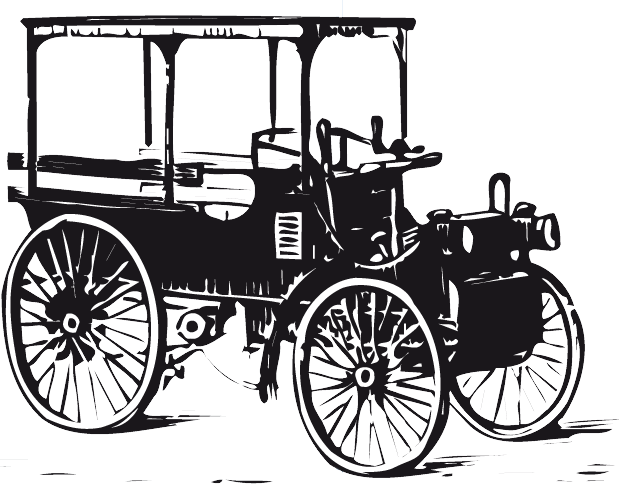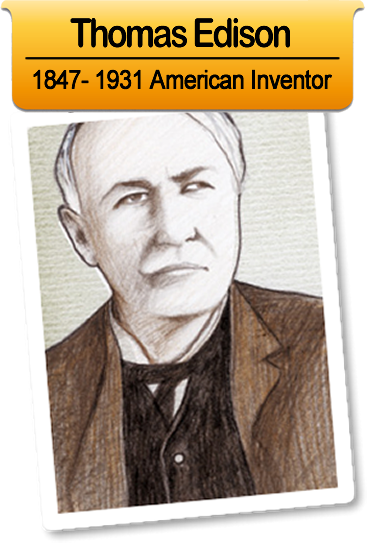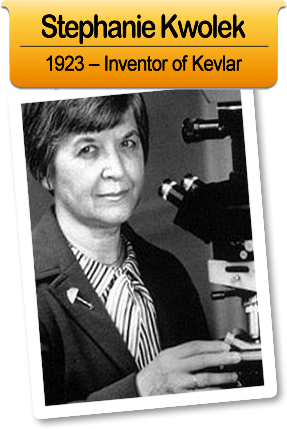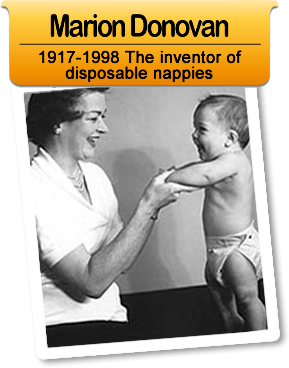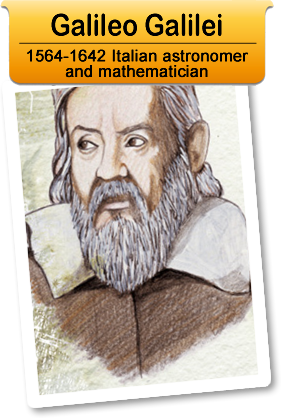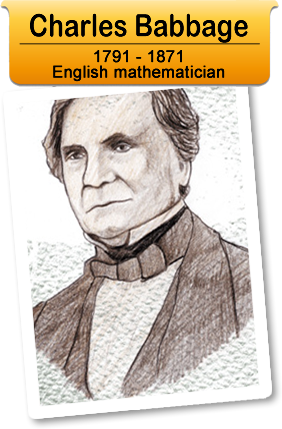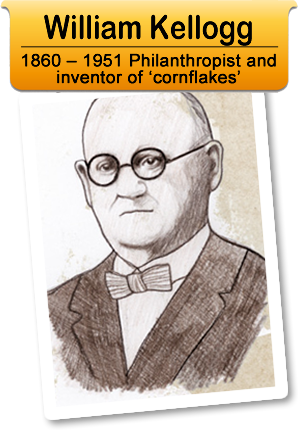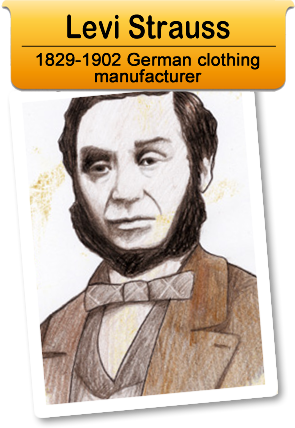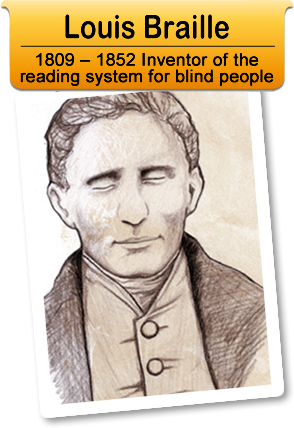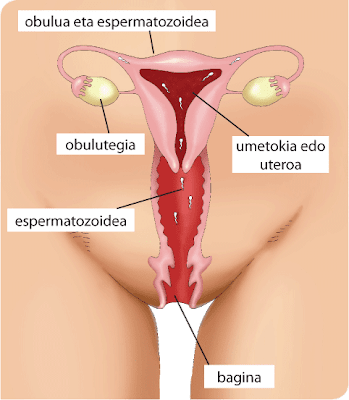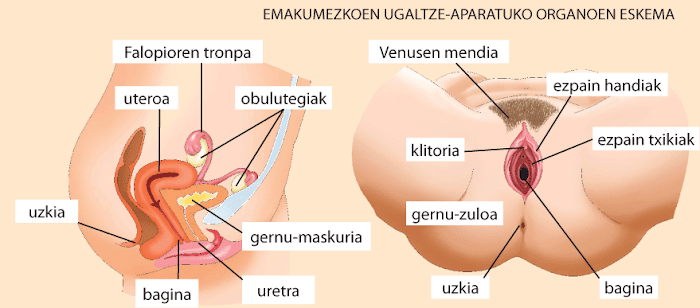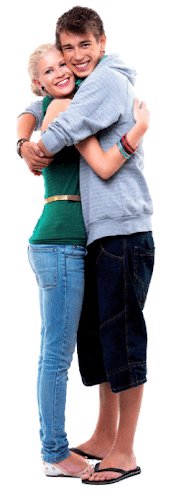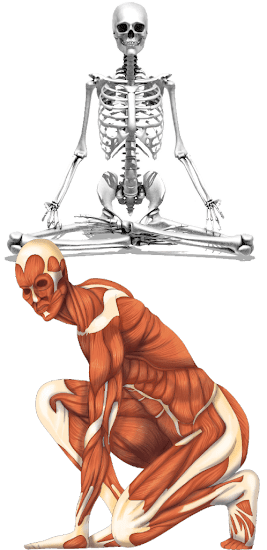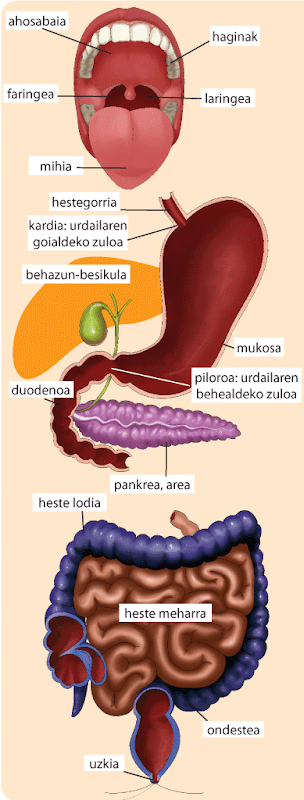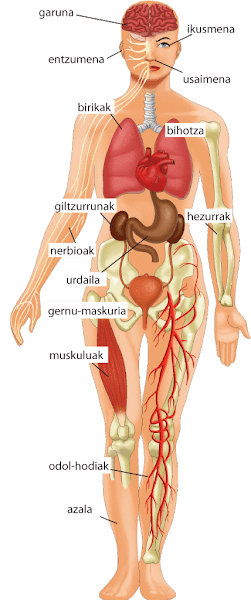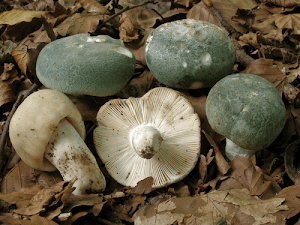Noizbehinka, perretxikoak janda intoxikatu egiten da norbait, pozoitu. Ez dira asko izaten, Euskal Herrian aspaldiko ohitura baita perretxikoak biltzea, eta jendeak, normalean, ondo ezagutzen baititu. Dena dela, urtero norbait intoxikatzen da perretxiko pozoitsuak janda. Zenbaitetan arazoa larria izan da perretxikoak jan eta pozoitzea. 1936ko gerraren ondoren, gose garaian, pozoitze asko izan ziren Euskal Herrian. Bizkaian, hamasei hil ziren 1948. urtean. Katalunian, 1972-1982 tartean berrogeita hamaika lagun pozoitu ziren eta bost hil. Perretxikoak, beraz, ondo ezagutu behar dira, arriskurik gabe jateko. Perretxikoen artean, arriskutsuenetako bat hiltzaile berdea da, Amanita phalloides espeziea. Roger Heim aditu frantsesaren datuen arabera, XX. mendean perretxikoak janda gertatu ziren 1.500 heriotzen erruduna izan zen. Horrek esan nahi du perretxiko hori benetan arriskutsua dela jateko, ondo ezagutu beharrekoa. Egia esan, Euskal Herrian, gaur egun, ez da pozoitzen j
